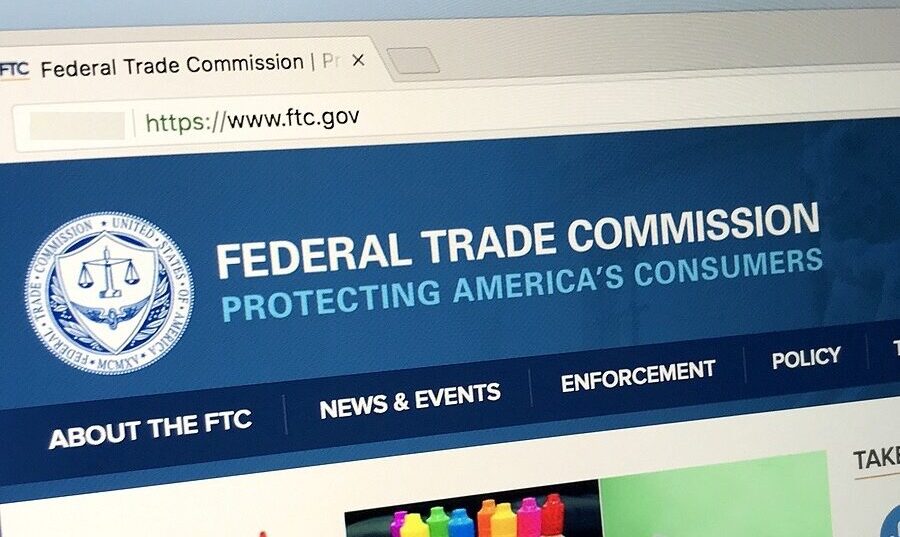
Mastering Dunning: A Vital Guide to Optimize Payment Recovery
Source: Bigstock Subscription and recurring revenue business success hinges on retention. Customer relationships start long before a subscription, making trust-building and aligning with customer needs paramount. Despite these efforts, payment failures can still occur. When a payment falters, what steps should a subscription business take? The answer lies in Dunning, a term often nuanced and not fully understood in the subscription world. While statistics can vary based on industry and practices...
HELLO!
This premium article is exclusively reserved for Subscription Insider PRO members.
Want access to premium member-only content like this article? Plus, conference discounts and other benefits? We deliver the information you need, for improved decision-making, skills, and subscription business profitability. Check out these membership options!
Learn more about Subscription Insider PRO memberships!
Already a Subscription Insider PRO Member?
Please Log-In Here!








